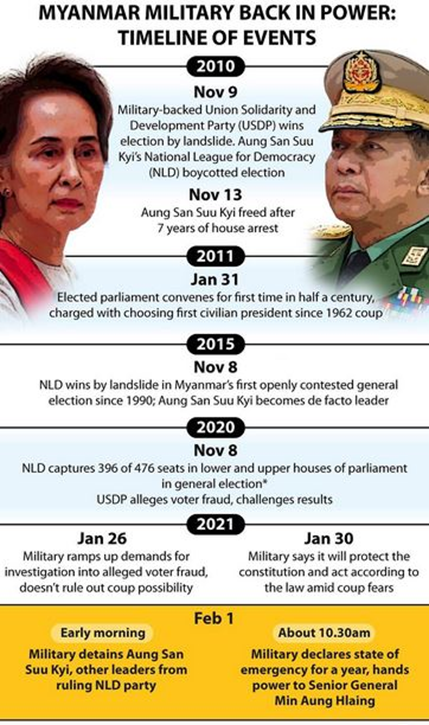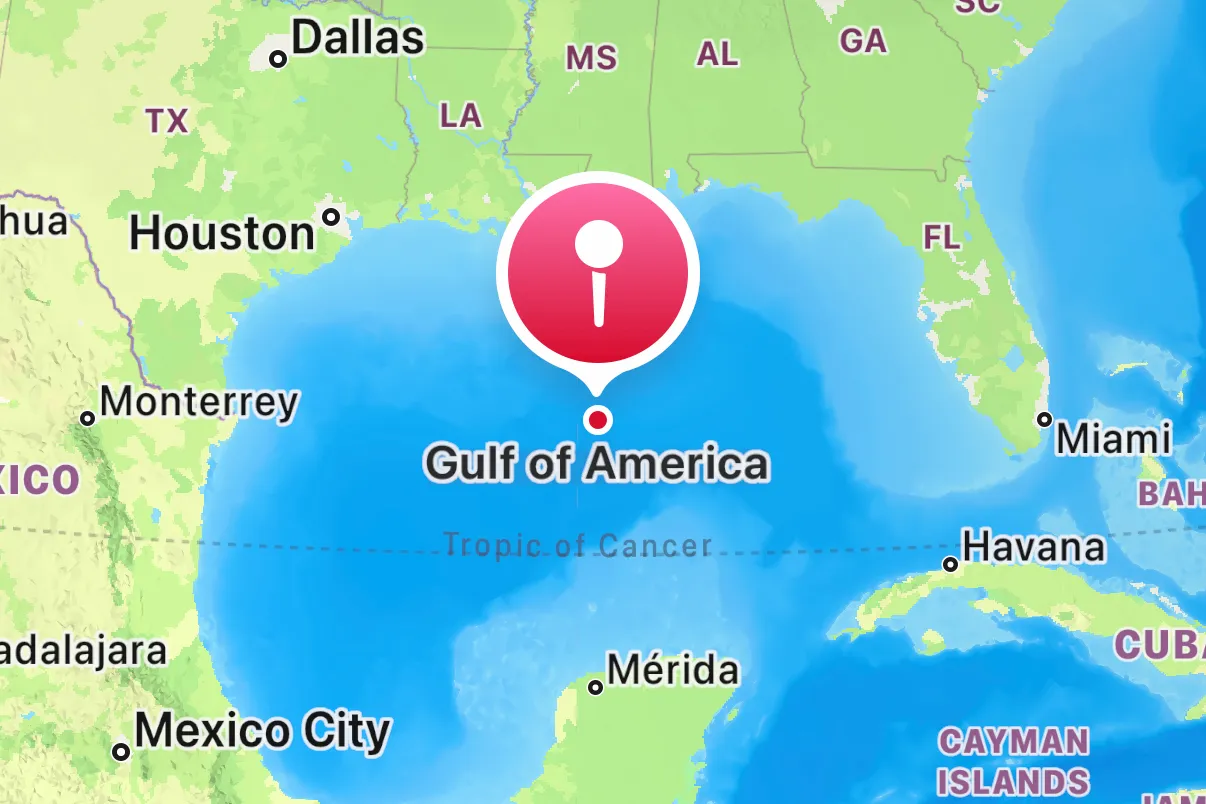- Courses
- GS Full Course 1 Year
- GS Full Course 2 Year
- GS Full Course 3 Year
- GS Full Course Till Selection
- Online Program
- GS Recorded Course
- NCERT (Recorded 500+ Hours)
- Polity Recorded Course
- Geography Recorded Course
- Economy Recorded Course
- AMAC Recorded Course
- Modern India, Post Independence & World History
- Environment Recoded Course
- Governance Recoded Course
- Science & Tech. Recoded Course
- International Relations and Internal Security Recorded Course
- Disaster Management Module Course
- Ethics Recoded Course
- Essay Recoded Course
- Current Affairs Recoded Course
- CSAT
- 5 LAYERED ARJUNA Mentorship
- Public Administration Optional
- ABOUT US
- OUR TOPPERS
- TEST SERIES
- FREE STUDY MATERIAL
- VIDEOS
- CONTACT US
INDIA-MYANMAR RELATIONS
INDIA-MYANMAR RELATIONS
04-03-2023

INDIA-MYANMAR RELATIONS
THE STORY OF BURMA (MYANMAR)
- 1824-26: Anglo Burmese war. (Also happened in 1852 and 1885.) Entire Burma was under Britishers and made a province under British India. (It was geographically the largest province but only with 9 million population. The neighbouring Bengal had 75 million population)
- 1937: Burma separated from British India.
- 1942-45: Japan occupied Burma and a puppet government was established by Japan.
Post-independence
- 1948: Independence from Britain.
- 1951: Treaty of Friendship signed between India and Myanmar.
- 1962: Military Coup. Hence a military dictatorship established. Burma Socialist Program Party (BSPP) established by the military. It was a single party with no opposition.
- 1988: Protests by students. They demanded changes in Burmese way of Socialism, ways to end economic hardships and military dictatorship). The protests were crushed by SLORC. These protests were also called 8888 protests.
- 1990: Elections happened in Myanmar. 81% seats were won by the National League for Democracy (NLD). But these elections were rejected by SLORC. Aung San Suu Kyi was put under house arrest till 2010.
- 1997: A new State Peace and Development Council (SPDC) was formed.
Democratic Phase
- 2007: Saffron Revolution happened in Myanmar. There was a demand for political reforms, release of prisoners, etc.
- 2008: A new Constitution was drafted by the military. 25% seats were reserved for army personnels in the Parliament.
- 2010: General Elections conducted. A nominal government was established by the Union Solidarity & Development Party. Military Junta still had the real powers.
- 2015: General Elections happened again. Aung Sang Suu Kyi's NLD won the elections but she could not become the President. (Because of a clause in the constitution that any person's spouse of foreign descent cannot hold the chair of the President and her husband was a British national). NLD however created a new post State Counsellor of Myanmar for her.
The military coup
- 2021: Coup by military Junta. A 1 year emergency has been declared. Leaders, including Suu Kyi, have been detained.
- Issue: NLD won the 2020 general elections, but the military claims that General Elections 2020 were full of irregularities. Authenticity of 9 million votes is in question. Union Election Commission (UEC) was given a deadline to prove that the elections were fair.

Significance of Myanmar for India
Geo Strategic:
- Myanmar is the only South East Asian Country to share a boundary with India.
- Myanmar is at the confluence of two foreign policy doctrines-- ' India's neighbourhood first policy and Act East Policy.
- It is critical to counter China's geo strategic footprint. Kyauk Pyu port in Rakhine state has been allotted to China whereas Sittwe port to India.
Economic:
- Infrastructure and Connectivity: Sittwe port to be operational by March 2021. India Myanmar Thailand trilateral highway and Kaladan multimodal project is under consideration between India and Myanmar.
- Investment: With 1.2 billion USD, Myanmar has the highest Indian investment in any country in SouthEast Asia. India's development cooperation in Myanmar is 1.4 billion USD. Essar, Gail & ONGC are key Indian investors.
- Trade: Agriculture and Forest Produce trade is prominent.
Defence and Security Ties:
- Operation Sunrise: It was a joint operation by both the armies. Militant groups that were impacting both the countries were targeted. (NSCN (K), NDFB, Kamtapur Liberation Organization (KLO) & Arakan Army).
- India gifted INS SINDHUVIR, a submarine to Myanmar in 2020. (Its first submarine) and anti submarine torpedo TAL SHYENA.
- India supported Myanmar in its efforts to combat Rohingya insurgent groups ie Arakan Rohingya Salvation Army (ARSA) & Aqa Mul Mujahidin. (AMM) (These both organizations are said to have connections with LeT and JeM)
- Militant groups like United National Liberation Front (UNLF) & National Democratic Front of Bodoland (NDFB) have taken shelter in Myanmar. 22 cadres handed over by Myanmar in May 2020.
- IMBEX (Military) & IMNEX (Naval) exercise between India & Myanmar
Challenges:
- Drugs Trade as Myanmar is part of the Golden Triangle
- China Myanmar Economic Corridor.
- The Non-Democratic military regime (presently).
- Insurgent groups residing in Myanmar flaming separatist movements in India’s North-east states.
- Rohingya Crisis causing illegal migrant challenges in India.
THE ROHINGYA CRISIS
- They are an Ethnic group, mostly Muslims. They were not granted full citizenship by Myanmar.
- They were classified as “resident foreigners or associate citizens”.
- Ethnically they are much closer to Indo-Aryan people of India and Bangladesh than to the Sino-Tibetans of the Country.
- Rohingya Muslims are described by the United Nations as the most persecuted minority in the world.
- They fled their homes in 2017 to escape an alleged crackdown by the Myanmarese military.
- To escape discrimination and violence in Myanmar, minority Rohingya Muslims have for decades fled from the Buddhist-majority country to neighbouring Bangladesh and other countries, including India.
PHASE 1 (2012)
- Delhi considered it an ‘internal affair’ but was sympathetic to Myanmar.
- India also allowed Rohingya refugees to enter the country and did not make it an issue in its domestic politics or in its bilateral relations with Myanmar.
- In 2014, new govt tacitly endorsed the position of the early government. In 2015, the Rohingya crisis assumed a regional dimension when Thailand, Malaysia and Indonesia all turned away overcrowded boats carrying Rohingyas attempting to land on their shores, leaving hundreds in the high seas.
- Delhi took the side of the Myanmar government because it was concerned that raising the issue publicly might push Myanmar towards China as it was building relations with the then newly formed quasi-democratic government.
- India also has various economic and security interests
PHASE 2 (2017)
- Began sometime in mid-2017 with the announcement of the government’s plans to deport the Rohingyas who have settled in different parts of India.
- The one-sided position of the Indian government had to be nuanced when Bangladesh, sought India’s help.
- India launched “Operation Insaniyat” to provide relief assistance for the refugee camps in Bangladesh, Delhi’s decision to extend help fits into its desire to de-incentivize Rohingya refugees entering into India.
- In the second phase, geopolitics, humanitarian concerns, non-interference in internal affairs, the growing security concerns and the need for diplomatic balancing between Bangladesh and Myanmar are the factors appeared to have driven the Indian approach.
PHASE 3
- Began soon after China stepped in with its “three-step solution” to the Rohingya crisis and the subsequent signing of the repatriation agreement between Bangladesh and Myanmar on 23 November 2017.
- India signed a MoU on Rakhine State Development Programme with Myanmar aimed at “socio-economic development and livelihood initiatives in Rakhine State” that included “a project to build prefabricated housing in Rakhine State to meet the immediate needs of returning people.”
- India pledged US$25 million for a five-year development project in Rakhine State.
- At the invitation of the Myanmar government, India joined the UNSC delegation that visited Myanmar along with three other neighbours—China, Laos, and Thailand.
- On the sidelines of United Nations General Assembly, U.K. hosted a meeting and India abstained on a resolution calling for an end to military action and 135 countries voted in favour of the resolution with 26 abstentions.
THREATS TO INDIA
- Threat to National Security: The continuance of the illegal immigration of Rohingyas into India and their continued stay in India is found to be having serious national security ramifications and poses serious security threats.
- Clash of Interests: It impacts the interests of local populations in the areas seeing large-scale influxes of illegal immigrants.
- Political Instability: It also increases the political instability when leaders start mobilising the perception of the citizens of the country against the migrants by the elites to grab political power.
- Rise of Militancy: The persistent attacks against the Muslims perceived as illegal migrants have given way to radicalisation.
- Human and drug trafficking: In recent decades, trafficking of human smuggling and drugs has become quite rampant across the borders. Myanmar is the part of the ‘golden triangle’ of drug trafficking.
- Disturbance in Law and Order: The rule of law and integrity of the country are undermined by the illegal migrants who are engaged in illegal and anti-national activities.
Way forward
- Recognizing the Military's Predominance: India's active engagement with the military would be necessary because the army's role in any democratic transition in Myanmar would be crucial.
- India should work with the army in Myanmar to address Indian concerns as well, even as it continues to call for the restoration of democracy. The army will only be pushed into China's hands if it is marginalized.
- Cultural diplomacy Through the lens of Buddhism, India's cultural diplomacy can be used to strengthen its ties with Myanmar.
- Myanmar, which has a majority of Buddhists, ought to agree with India's "Buddhist Circuit" initiative, which aims to connect ancient Buddhist heritage sites in various Indian states to increase foreign tourist arrivals by twofold.
- This could also increase India's diplomatic reservoir of trust and goodwill with countries with a majority of Buddhists, like Myanmar.
- Resolving the Rohingya Problem: India will have an easier time managing its relations with Myanmar and Bangladesh if the Rohingya issue is resolved quickly. Instead, India will focus more on bilateral and subregional economic cooperation.
Must Check: IAS Coaching Institute In Delhi
Tensions Between Iran and Israel
Tensions Between Iran and Israel


-1678355152849.jpg)